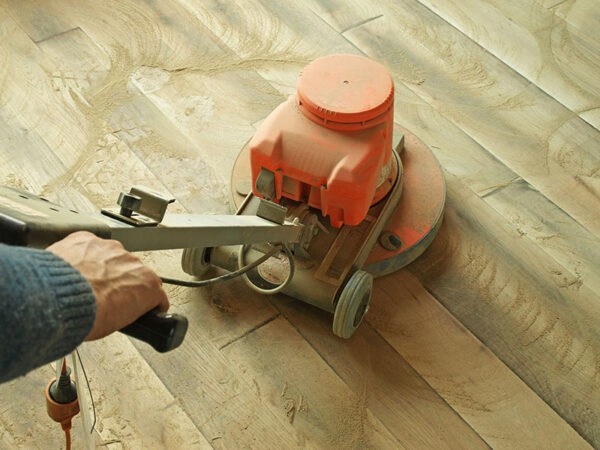

DIY floor sanding is a fantastic way to enhance the beauty and value of your home. It’s a rewarding project that can save you money and allow you to achieve a unique aesthetic. This comprehensive guide will walk you through the entire process, from initial preparation to achieving a stunning, smooth finish. Many homeowners shy away from this project due to the perceived difficulty. However, by following this step-by-step approach, you can avoid common pitfalls and achieve professional-level results. We’ll explore essential tools, materials, and techniques, ensuring your DIY floor sanding project is a success. This guide provides a structured approach, covering preparation, sanding, finishing, and maintenance. We’ll address potential challenges and offer practical solutions for a flawless result.
Understanding the Basics of DIY Floor Sanding
Essential Tools and Materials
Before diving into the sanding process, it’s crucial to gather the necessary tools and materials. A well-equipped workshop is key to success. A variety of sanding blocks, orbital sanders, random orbital sanders, sanding pads, and different grits of sandpaper are essential. The right sandpaper is critical for achieving a smooth finish. Additionally, you’ll need various finishing products such as wood stain, varnish, or polyurethane, depending on your desired outcome. Measuring tools for precise work are just as critical.
Preparing Your Floors for Sanding
Assessing the Existing Condition
Before starting the sanding process, thoroughly inspect your existing floor for any damage, imperfections, or loose areas. The initial assessment ensures a smoother sanding operation. A visual inspection can identify areas requiring special attention, such as patching or priming. This step also enables you to determine the number of sanding stages needed based on the condition. Removing loose areas is crucial for the overall smoothness of the sanding operation.
The Sanding Process
Choosing the Right Sanding Technique
The sanding technique depends on the type of floor and the desired finish. For wood floors, different grits of sandpaper are essential for achieving a uniform smoothness. Starting with a coarser grit and progressively moving to finer grits is crucial. For example, start with 80-grit for initial imperfections, and work your way up to 180-grit, 220-grit, and even finer grits depending on your desired level of sheen. A smooth finish typically requires careful and consistent effort.
Finishing Your Sanding Project
Applying Finishes
Applying finishes seals and protects the sanded floors, enhancing their beauty. Different types of finishes have unique characteristics and drying times, so it’s essential to choose the right one for your specific needs. This involves careful consideration of factors such as stain color and desired level of shine. Consider various options for finishing. Different types of stains will have varying levels of coverage and shades. For example, polyurethane varnish provides a durable protective layer. Following the manufacturer’s instructions precisely is crucial for optimal results. Each coating adds layers of protection and beauty.
Maintaining Your Newly Sanded Floors
Crucial Maintenance Tips
Proper maintenance is crucial to preserve the beauty and longevity of your newly sanded floors. This involves regular cleaning using appropriate cleaning solutions and preventing damage from excessive moisture or spills. Implementing a regular cleaning schedule will protect your investment and maintain your newly sanded floors. Vacuuming or sweeping regularly removes dust and debris. Using a damp mop or specialized wood floor cleaner for occasional mopping is also important. For example, using microfiber cloths for dusting will maintain a spotless surface.
In conclusion, DIY floor sanding can be a rewarding experience that yields stunning results. By carefully following the steps outlined in this guide and paying attention to detail, you can transform your floors from dull to dazzling. Remember to prioritize safety, proper preparation, and the selection of suitable tools and materials. With practice and perseverance, you can achieve a professional-looking finish, adding significant value to your home. Ready to embark on your DIY floor sanding adventure? Visit our website for a complete resource kit, including valuable tips and tricks for a smooth and successful project!